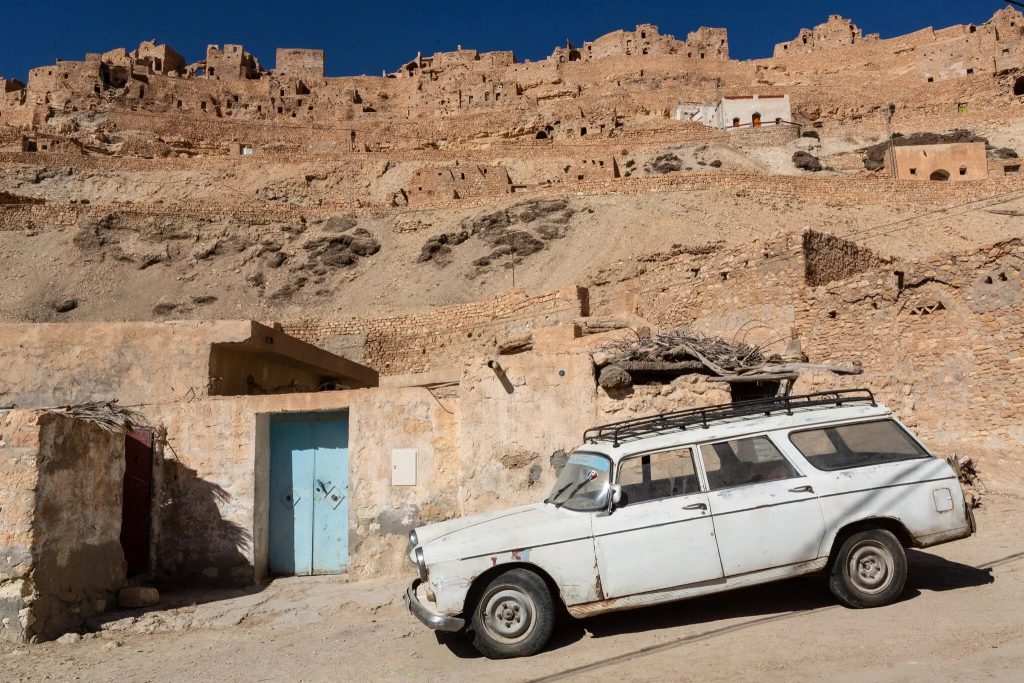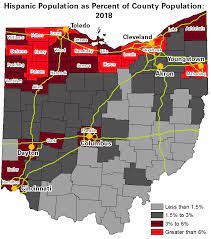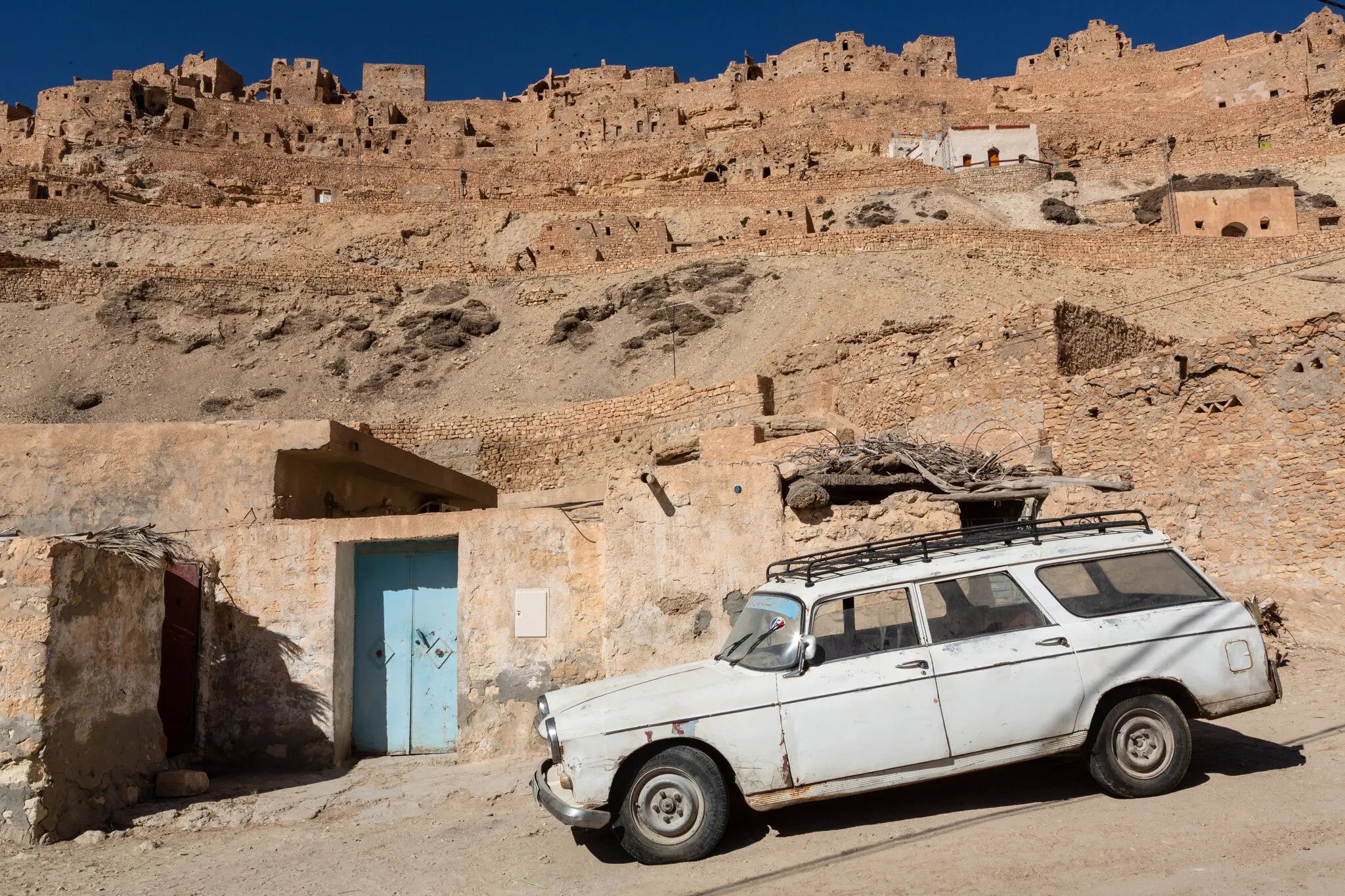
In the small village of Chenini, in Tunisia’s southern desert, residents are noticing large changes in their once full village. Besides the village evolving with time, by getting some running water and electricity, it has also become easier accessible, which also means it is easier to access to outside cities. Beforehand, the only way to access Chenini was by climbing the mountain side. Today, this once rich farming village with a variety of livestock, vegetables, and tradesmen, is now struggling with the inability to grow produce or feed livestock due to droughts. Now, with only 120 families living in Chenini, and not enough jobs for everyone, some are forced to leave for the capital, Tunis, or risk everything to go to France or Europe.
In this article, Vivian Yee, of the New York Times, spoke with the Najjar family, who lives in the village, but also mostly focuses on the existing state of the village. Yee outlined the history of the village and its rich olive oil production. She highlighted the ways of the village and how the caves were to protect food stores from raiders, and due to the harsh climates, they would hoard food for the next drought, but also be able to protect the residents from both the summer heat and winter cold. Yee uses quotes from the Najjar’s to give an account from individuals from Chenini. In this case the Najjar’s have not left the village, but they have vocalized their emotions of everyone leaving the area, but also their hesitations of leaving.
In this article, very little quantitative evidence was provided. However, I feel adding quantitative evidence to this article would enhance the article even more than the evidence that is already been provided. The only quantitative evidence that was really provided was brief information of distance from the nearest town of tatooine, and also an approximation of how many families and farmers lived in the village of Chenini. The article mentions that due to the drought, there is a large decrease in the number of livestock, as well as amount of olive oil produced. What I feel would be very interesting is specific numbers on a percentage of decrease in production. Additionally, it mentions that a large majority of individuals are leaving the area for work purposes, and I feel like distribution of the percentages leaving chenini every year, but also where they’re going would be a good diagram to give to the reader. While the article did provide very good evidence using qualitative evidence, I feel that being more specific, using quantitative data would further strengthen their evidence given about the amount of individuals leaving the village.
The usage of qualitative evidence is very prominent throughout the entire article.Yee describes what types of businesses exist, and how few of them there are. With the descriptions of what few things are in Chenini, she also explains for certain situations, such as emergencies or children attending highschool, where individuals have to result in, in order to receive services since they are not available in Chenini.
Additionally, she goes into a thorough breakdown of all the seasons and what is done by villagers, highlighting that especially in the summer months, when it is most crucial for growing vegetables, the drought is the most prominent. And due to the drought, it explains how their processing has greatly been affected, explaining that due to the lack of olives being able to be grown, the number of mills for creating olive oil has decreased due to many being forced to close due to lack of production.
Overall, Yee does a fantastic job of explaining the situation and all the issues the citizens of Chenini have faced. While the evidence given throughout the articles is Qualitative, I have a feeling that it is due to the lack of information. While I spoke of ways to Enhance the information with more quantitative evidence, I feel that is easier said than done. To gain more quantitative evidence, especially with information such as population change over the years, where individuals who leave Chenini go, or the demographic of the village, either costs lots of money, or takes a long time to collect all the information. While this is not involving Latino immigration, while looking through the article there is plenty of context given about the immigration situation but also the historical context of Chenini. Of the five C’s, Yee also greatly focused on causality by thoroughly explaining many of the reasons, mostly pertaining to the drought on why the population of Chenini has greatly decreased.
Source
Vivian Yee- New York Times

